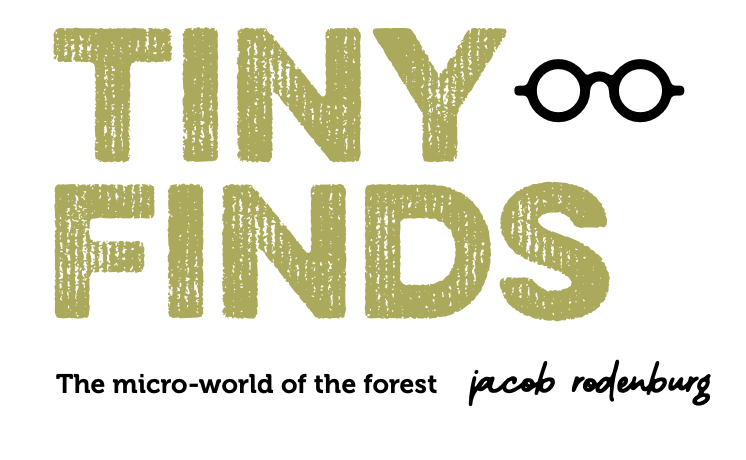It was a glorious summer day. With my son on my back and my daughter on my shoulders, I hiked up to one of the most beautiful spots I know. There on the crest of a granite outcropping I could see sunlight dancing on the surface of a distant lake, green and verdant hills stretched out before me, and a hawk wheeling high in a cloud-flecked sky. It was breathtaking and I marveled at the beauty before me. But when I looked over at my children, they were hunkered down studying a line of ants marching by.
Children have a contracted view of the world and they tend to notice what is right in front of them. They have an incredible eye for detail and often spot things that we adults miss. Here are a few activities that help you and your children celebrate the very small things in the grander natural world.
Create a Micro Trail
Discover what’s just below your feet. A chewed leaf, an acorn, a hole in the ground, or a funny-coloured or patterned mushroom— it’s all there, waiting to be found by you!
Materials needed:
- String
- Popsicle sticks
- Magnifying glass
Find a nearby natural spot. Poke a few popsicle sticks into the ground at points of interest, ensuring that each stick is no more than a few steps away from the previous one. Wrap the string around each of the popsicle sticks and join them together so that you have one continuous line of string connecting them. You have just created a micro-trail.
When you are finished, sit down and watch your trail quietly for ten minutes or so. Did anything of note happen? Then take a trip along the trail, keeping your head close to the ground. Don’t forget to use a magnifying glass! Take someone special to your micro-trail and give them a guided tour of your discoveries!
Basement Windows
Much of what goes on in the world is hidden from view. There is a magical underworld replete with tiny dragons, earth-boring submarines, and shape-shifters.
Materials needed:
- Magnifying glass
- Small container
To discover these special places, simply venture into a forest. Carefully lift up a rock or a log and look underneath. These are the windows into the world below! You might be lucky enough to spot a salamander or a plump earthworm. You even might see a pill bug, a tiny crustacean that rolls up into a tight ball when threatened.
What magical creatures can you find? What are they and how do they help to maintain a healthy and diverse forest ecosystem? Carefully scoop your critter discoveries into a container and consider the following:
- Study your critter’s mouth parts. What do you think it eats?
- How does it move?
- Can you see it breathing?
- Insects have compound eyes (or many little eyes bunched into one eye). Can you see your critter’s eyes?
- Is your critter camouflaged? Think about where you found it.
- How might it protect itself?
- What do you think your critter is? If you can, have a local insect field guide handy as a resource
Place your critters back exactly where you found them and don’t forget to gently close your window, being careful not to squish or harm your discovery!
Wiggly helpers
Earthworms aerate the soil and provide nutrients with their castings (poop). Thousands of fungi, bacteria, millipedes, and pill bugs decompose leaves, branches, and wood, helping to create rich and fertile soil. Many beetles and their larvae are an important food sources for mammals, amphibians, and birds.
This educational article was written by our Executive Director, Jacob Rodenburg.

